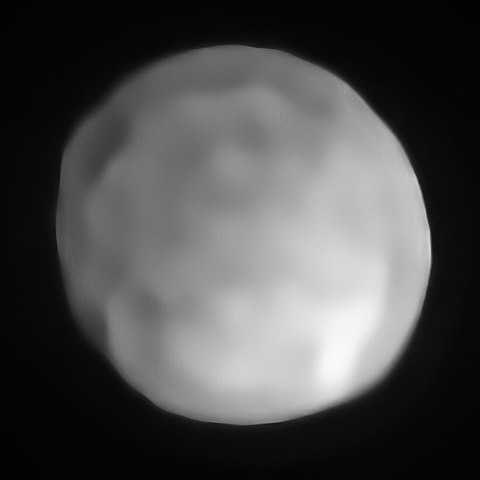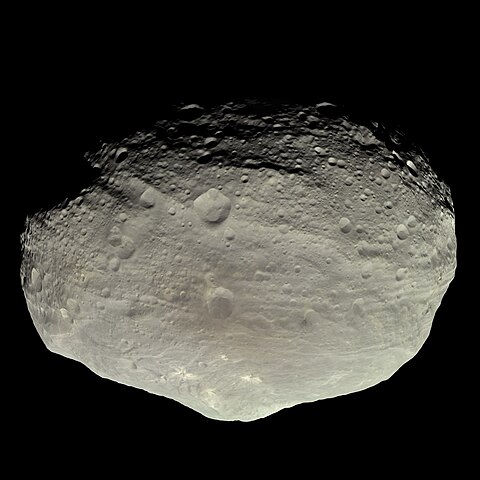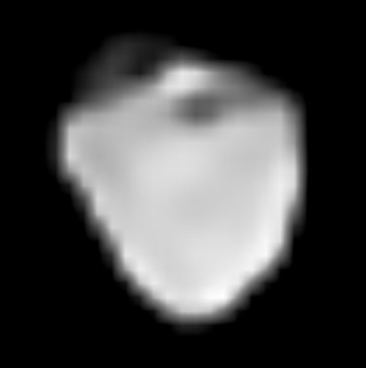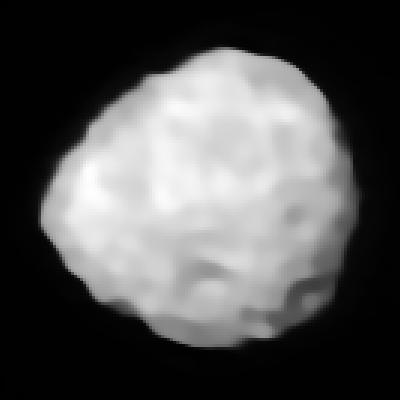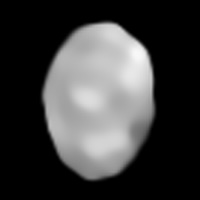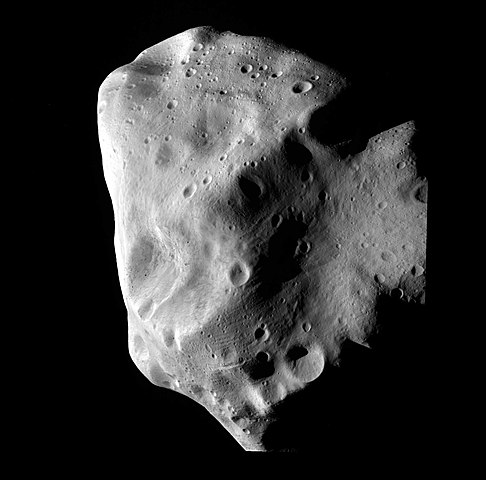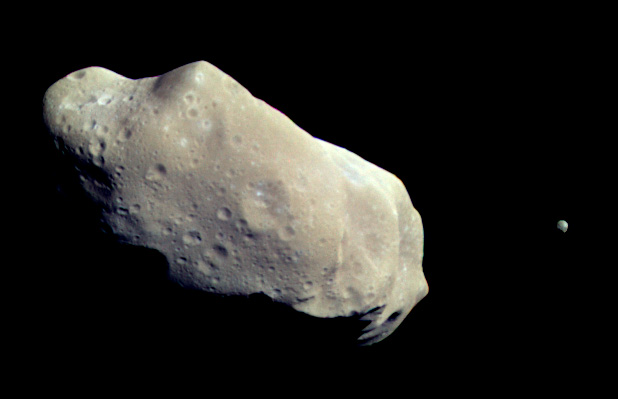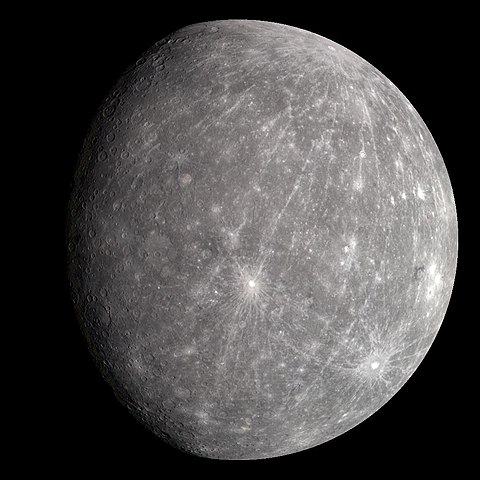1 day / second
0.5 AU
10 Hygiea
Asteroid
A large main-belt asteroid roughly 434 kilometers wide that is nearly spherical in shape, making it one of the four largest objects in the asteroid belt after Ceres, Vesta, and Pallas.
Key Facts
orbital regime | Asteroid Belt |
learn more | Wikipedia |
mass | 8.7400e+19 kg |
radius | 215 km |
hill radius | 102,059 km |
semi-major axis | 3.142 AU |
eccentricity | 0.113 |
inclination | 3.832º |
longitude of the ascending node | 283.2º |
argument of periapsis | 312.32º |
orbital period | 5.568 years |
surface gravity | 0.013 g |
discovery date | April 12, 1849 |
discovered by | Annibale de Gasparis at Astronomical Observatory of Capodimonte |
name origins | Named after Hygieia, Greek goddess of health |
dimensions | 407.12 km diameter |
albedo | 0.072 |
material composition | C-type asteroid |
density | 2.56 g/cm³ |
